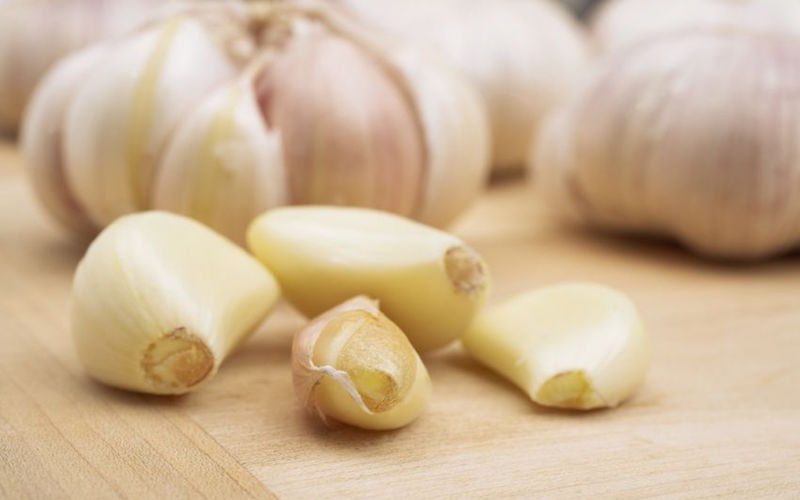Garlic
Episode #10 of the course “Superfoods you should know about”
A plant used since ancient times as both a food and a medicine, garlic remains one of the most potent and widely-used superfoods. Garlic has been enjoyed around Europe, Asia, and Africa for centuries, and researchers have found proof of its cultivation as far back as 7,000 years ago in ancient Egypt. The classic Greeks also knew of its variable uses, and the famous early doctor Hippocrates recommended it for a number of ailments.
The bulbs of the garlic plant contain a high amount of sulfur, which causes garlic’s distinct odor and pungent sweet-sharp taste. Because it can be an overwhelming flavor, it is not a food that is often served in large quantities alone, but it works well to garnish other foods. When kept whole, a dry bulb of garlic will remain useful for months without rotting. When chopped or crushed, garlic can be stored in jars, cans, or other containers without adding preservatives. With refrigeration, this amazing superfood can last up to two years.
One of the things that makes garlic so unique is the range of vitamins, minerals, and essential nutrients it contains. A hearty plant that absorbs nutrients in mass quantities from its soil, the resulting garlic bulb contains nearly every nutrient that humans need to survive in at least some small quantity.
Garlic is especially high in manganese, vitamin B6, vitamin C, and fiber, which means that it boosts immunity and helps to support every major function in the body. It promotes heart health, may help dementia and mental health, reduces cholesterol, and may increase bone health. The plant is also used for a number of folk remedies—garlic is said to be a natural insect repellent, and it is believed by some that eating garlic regularly will keep mosquitos from biting you.
Recommended book
“The Art of Eating Well” by Jasmine and Melissa Hemsley
Share with friends


